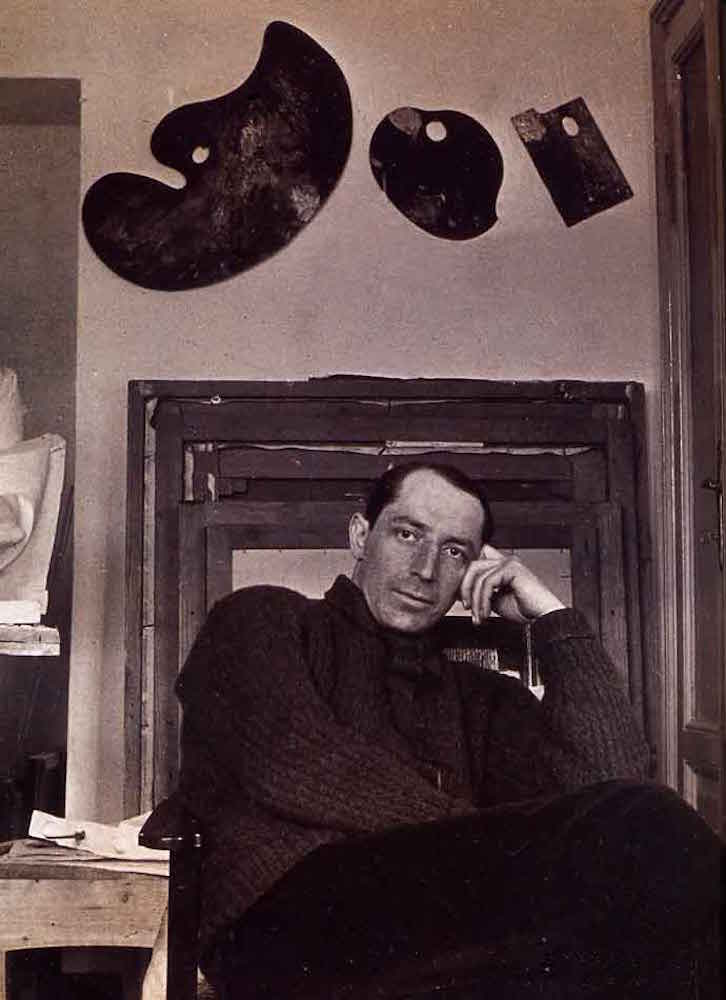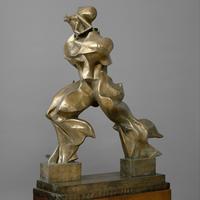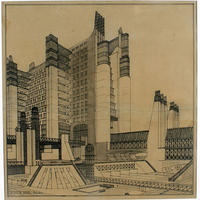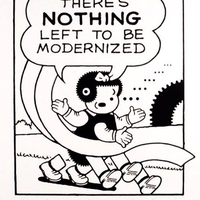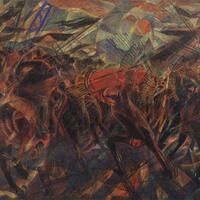More about Umberto Boccioni
- All
- Info
- Shop
Works by Umberto Boccioni

Contributor
Umberto Boccioni can be described as a lot of things, an intellectual or perhaps a pioneer, but nostalgic is not one of the words you would ever associate with this scrappy Italian artist.
Umberto Boccioni’s life, just like his art, was always on the move. By the time he was 16, he had already lived in six cities and shortly after, his taste for travel became almost insatiable, bringing him to every corner of Europe and allowing him to cross paths with some of the greats, such as Pablo Picasso.
Umberto Boccioni is known as the poster child for the Futurist art movement. This avant-garde movement was largely concerned with ousting antiquity and embracing the brash fast paced machine-driven modern world. Out with the old and in with the new was the ruling ideology of the Futurists, and when Boccioni met the founder of this new budding movement just a hot second after the manifesto was created, he signed the Futurist document and dedicated his artistic life to bringing down classic Italy along with libraries, museums, and feminism. Feel free to cringe.
Umberto loved the rowdy nature of the Futurists who utilized some unorthodox tactics to snap people out of the antiquated slumber such as screaming politically charged rhetoric at crowds in hopes of inciting riots. A wallflower he was not.
Boccioni was a huge fan of World War I as he saw in the anarchy of war the potential to rip Italy out of their complacent stupor. Boccioni gladly enlisted to fight for the cause. Little did he know, this would probably be one of the worst decisions of his life, for he was trampled to death by his own horse shortly after joining. Some consider Boccioni’s untimely death to be one of the main forces that brought the Futurist movement crumbling to the ground, only to be remembered as a thing of the past. Ouch!
Sources
- Brenson, Michael. "Review/Art; Met Retrospective Explores Boccioni And Futurism." The New York Times. September 15, 1988. Accessed August 08, 2017. http://www.nytimes.com/1988/09/16/arts/review-art-met-retrospective-exp…
- Casden, Emily. "Italian Futurism: An Introduction (article)." Khan Academy. Accessed August 08, 2017. https://www.khanacademy.org/humanities/art-1010/wwi-dada/art-great-war/….
- Glueck, Grace . "Blurring the Line Between the Present and the Future." The New York Times. February 12, 2004. Accessed August 08, 2017. http://www.nytimes.com/2004/02/13/arts/art-review-blurring-the-line-bet….
- "Umberto Boccioni Biography, Art, and Analysis of Works." The Art Story. Accessed August 08, 2017. http://www.theartstory.org/artist-boccioni-umberto.htm.
Featured Content
Here is what Wikipedia says about Umberto Boccioni
Umberto Boccioni (
US: /boʊˈtʃoʊni, bɒˈ-, bɔːˈ-/;
Italian: [umˈbɛrto botˈtʃoːni]; 19 October 1882 – 17 August 1916) was an influential Italian painter and sculptor. He helped shape the revolutionary aesthetic of the Futurism movement as one of its principal figures. Despite his short life, his approach to the dynamism of form and the deconstruction of solid mass guided artists long after his death. His works are held by many public art museums, and in 1988 the Metropolitan Museum of Art in New York City organized a major retrospective of 100 pieces.
Check out the full Wikipedia article about Umberto Boccioni

